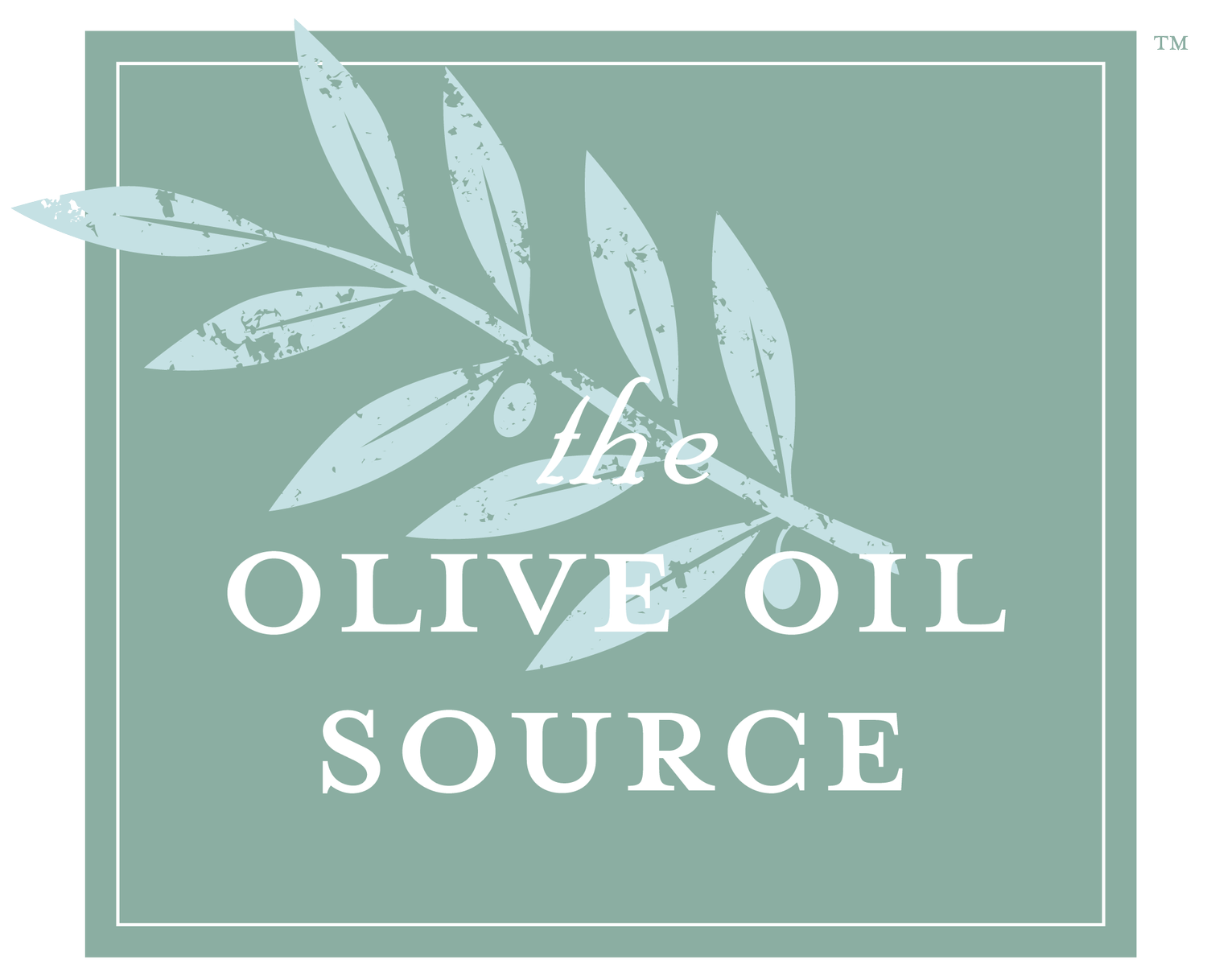It's That Time!
Harvest is upon us and since we have been in this business, I've never been so happy to have it happen. I don't think our inventory has ever been this low at this time of year so we desperately need to get oil coming in. The size of the crop is quite large in our area and that is wonderful news. While we have seen the harvest move forward 2 - 3 days at a very steady rate over the last 10 years or so, this year's looks like it is going to be a little bit earlier than what used to be the norm, but not a lot.
While I don't have a lot to say about the upcoming harvest other than, "Finally!", I wanted to bring attention to a few odds and ends for smaller non-super high density producers. We've made our check list available so I encourage you to take a look at it as it is pretty thorough and it is time to think about the things on it.
One thing not addressed in it that I have noticed is a lot of crews are beating trees with sticks to harvest small orchards. I think there are numerous warnings about doing this in just about any documentation on harvesting as it is tough on the fruit and will lead to higher acidity levels in your oil. Equally important however, is the damage it does to your trees. It is very hard both on the foliage and on the framework of the tree and I strongly urge avoiding it if possible. In addition to the abuse it inflicts at the time it is done, it can also leave open wounds on the tree that are an entry point for disease that will cause problems further down the line. In commercial production, one is always up against the constraints of keeping costs low, getting harvesters motivated to pick and so on, but in the case of the small producer where profit margin may not be as important, I encourage you to avoid it if at all possible. While The Olive Oil Source does sell various hand held harvesters, there are plenty available elsewhere too and I encourage you to consider any version over sticks.
One other random bit that I often see is people getting really worried about leaves and sticks in with their fruit. One should try to avoid having too much debris with their fruit but there is a very distinct cost benefit relationship as to how much time you should spend removing leaves and sticks yourself. Any halfway decent mill is going to be capable of removing them, the question is how much you want to pay for it. The leaves and sticks will get weighed with your fruit and included in your tonnage price for milling. That being said, if there are 50 lbs. of leaves/ton, which is a lot, it is going to cost you on the order of $10.00 to have it removed. It all depends on how much you value your time.
One last thing to keep in mind for your own wellbeing is that you should have informed expectations with regard to how much oil you are going to get. I would say 95% of the fruit that we mill yields between 35 and 50 gallons of oil a ton. Yes, in almost 20 years of doing this, I've seen as little as 9 gallons and as much as 70, but realistically, it is going to be between 35 and 50. Know what a ton is so that your expectations aren't thrown out of whack by overestimating how much fruit you have.
We once had a customer roll in with eight quarter ton bins of fruit and eight fifty five gallon drums. They thought each bin was a ton and had read to expect in excess of 50 gallons a ton. They were crestfallen (and kind of irritable) when we said they didn't have enough fruit to produce enough oil to fill two barrels. Unfortunately, this happens a lot. As our mill manager likes to say, "We run a mill, not a church. We make oil, not miracles".
Other than that, best of luck and I hope you all have a fabulous harvest.

